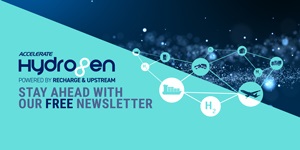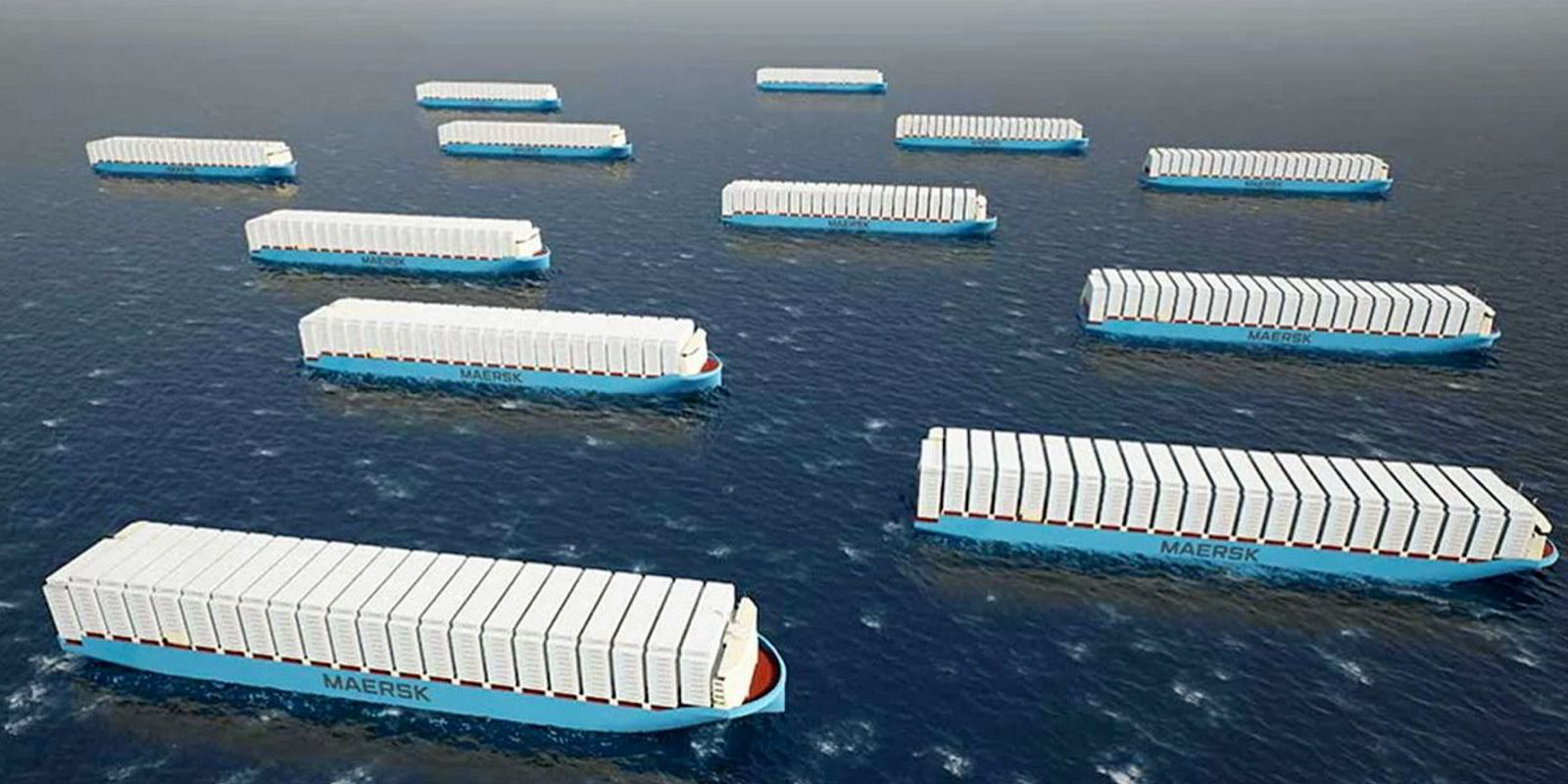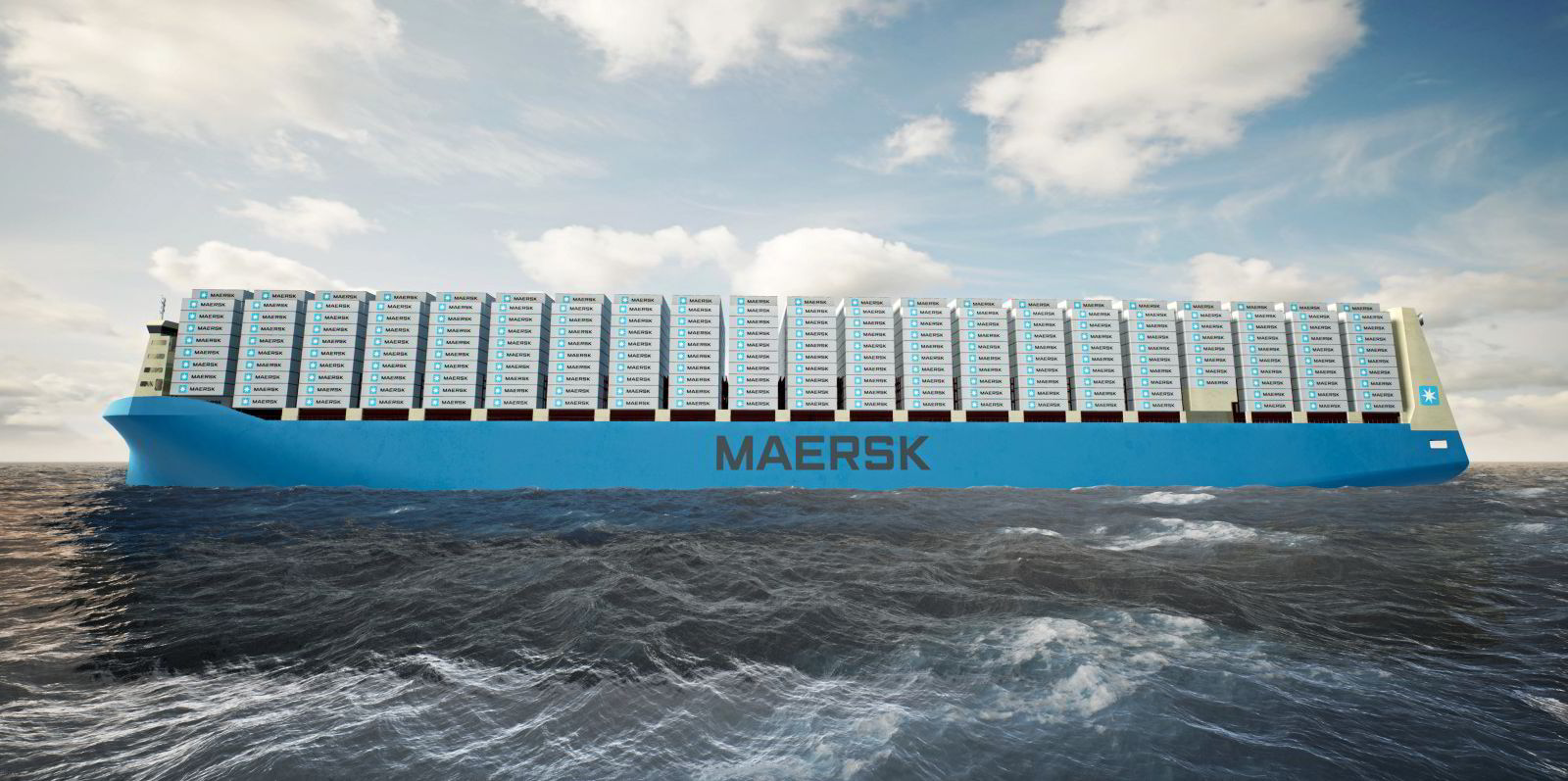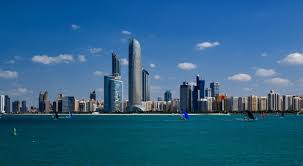State-owned Masdar and Egyptian partner plan to produce 100,000 tonnes of the synthetic fuel by 2026, before scaling up to 4GW of renewable H2 by 2030
A company wholly owned by the emirate of Abu Dhabi has unveiled plans to produce huge amounts of green hydrogen at Egypt’s Suez Canal Economic Zone, producing 100,000 tonnes of e-methanol for shipping in the first phase, before scaling up to 4GW of renewable H2 by 2030, primarily for the export of green ammonia.

Renewable energy developer Masdar, and its local partner Hassan Allam Utilities, have signed memoranda of understanding (MoUs) with Egyptian state bodies to co-operate on the plans, which would see electrolysers installed at the northern and southern ends of the Suez Canal — on the Mediterranean and at Sokhna, a port on the Gulf of Suez, which leads into the Red Sea.

“In the first phase of the project, Hassan Allam Utilities and Masdar aim to establish a green hydrogen manufacturing facility, which would be operational by 2026, producing 100,000 tonnes of e-methanol annually for bunkering in the Suez Canal,” explained Amr Allam, CEO of Hassan Allam Holding.
“The electrolyser facilities in the Suez Canal Economic Zone and on the Mediterranean could be extended to up to 4 GW by 2030 to produce 2.3 million tonnes of green ammonia for export as well as supply green hydrogen for local industries.”
E-methanol — derived by combining green hydrogen with captured CO2 — is emerging as a potentially key clean fuel for the highly polluting shipping industry, with market leader Maersk recently announcing the purchase of 12 methanol-powered vessels, along with plans to produce the liquid at scale.
Green methanol can be said to be carbon-neutral as the CO2 is effectively recycled, while it has important advantages over the two other potential clean shipping fuels — hydrogen and ammonia — it is both more energy-dense by volume and easier to handle.
Methanol is a liquid at ambient temperature, unlike ammonia and hydrogen, with an energy density of 16MJ per litre — close to the 21-24MJ/l of liquefied natural gas, which is also used as a shipping fuel.
By contrast, liquid ammonia needs to be stored below minus 33°C and has an energy density of 15.6MJ/l; liquid hydrogen has to be cryogenically frozen at minus 253°C and contains 9.1MJ/l; while compressed hydrogen (at 700 bar) holds only 5.6MJ/l.

Both Egypt and Abu Dhabi seem to be throwing considerable weight behind the project, with the MoUs being signed in Cairo on Sunday in the presence of Egyptian prime minister Mostafa Kamal Madbouly; United Arab Emirates’ industry and technology minister Sultan bin Ahmed Al Jaber — who is also chairman of Masdar and the country’s climate change envoy; Egyptian electricity and renewable energy minister Mohamed Shaker El-Markabi; and minister of planning and economic development Hala El Said, who is also chair of the Sovereign Fund of Egypt.
Egypt’s “abundant solar and wind energy resources… provide a suitable location for renewable energy projects at a competitive cost… [with a] proximity to global markets that are looking to import green hydrogen”, said El Said in reported comments.
Maersk, alongside with Danish compatriot Orsted, plans to produce 300,000 tonnes of e-methanol a year from green hydrogen on the US Gulf coast, while sourcing a total of 730,000 tonnes annually by the end of 2025.
https://www.rechargenews.com/energy-transition/abu-dhabi-aims-to-fuel-ships-with-e-methanol-derived-from-green-hydrogen-at-suez-canal/2-1-1206438





